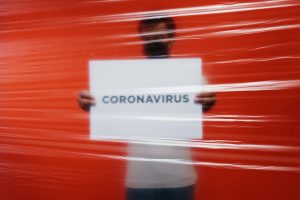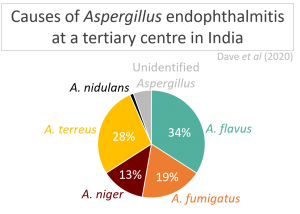Submitted by Aspergillus Administrator on 12 December 2008
 Asian countries tend to have a more positive impression of the value of the fungi we all live with. While western foods tend towards use of yeasts (a non-filamentous fungus) to make breads and beverages, eastern foods make fuller use of filamentous fungi such as Aspergillus oryzae in the manufacture of Soy sauce and other foods. It is not so surprising then that it is in the east that an exhibition in celebration of fungi has opened:
Asian countries tend to have a more positive impression of the value of the fungi we all live with. While western foods tend towards use of yeasts (a non-filamentous fungus) to make breads and beverages, eastern foods make fuller use of filamentous fungi such as Aspergillus oryzae in the manufacture of Soy sauce and other foods. It is not so surprising then that it is in the east that an exhibition in celebration of fungi has opened:
The extent to which we are surrounded and affected by bacteria, fungus and molds is the subject of “Kinrui no Fushigi” currently running at the National Museum of Nature and Science in Tokyo’s Ueno Park. Molds, bacteria and, mostly, mushrooms of every shape and form fill the museum, as do drawings by mangaka Masayuki Ishikawa, author of the series Moyashimon: Tales of Agriculture, from which the characters come.
Second only to insects, there are 80,000 different known forms of fungus, mold and bacteria–and a suspected 1.5 million that have yet to be discovered–so there is a lot of ground to cover in very little space.
However, some of the most interesting fungi on exhibit are at the beginning, where there are protolaxite fossils dating back 440 million years. These ancient fungi grew to as much as nine meters tall and 1.5 meters wide, a fact illustrated by two lifesized replicas.
Well worth a visit if you are passing!
News archives
-
Title
Date


